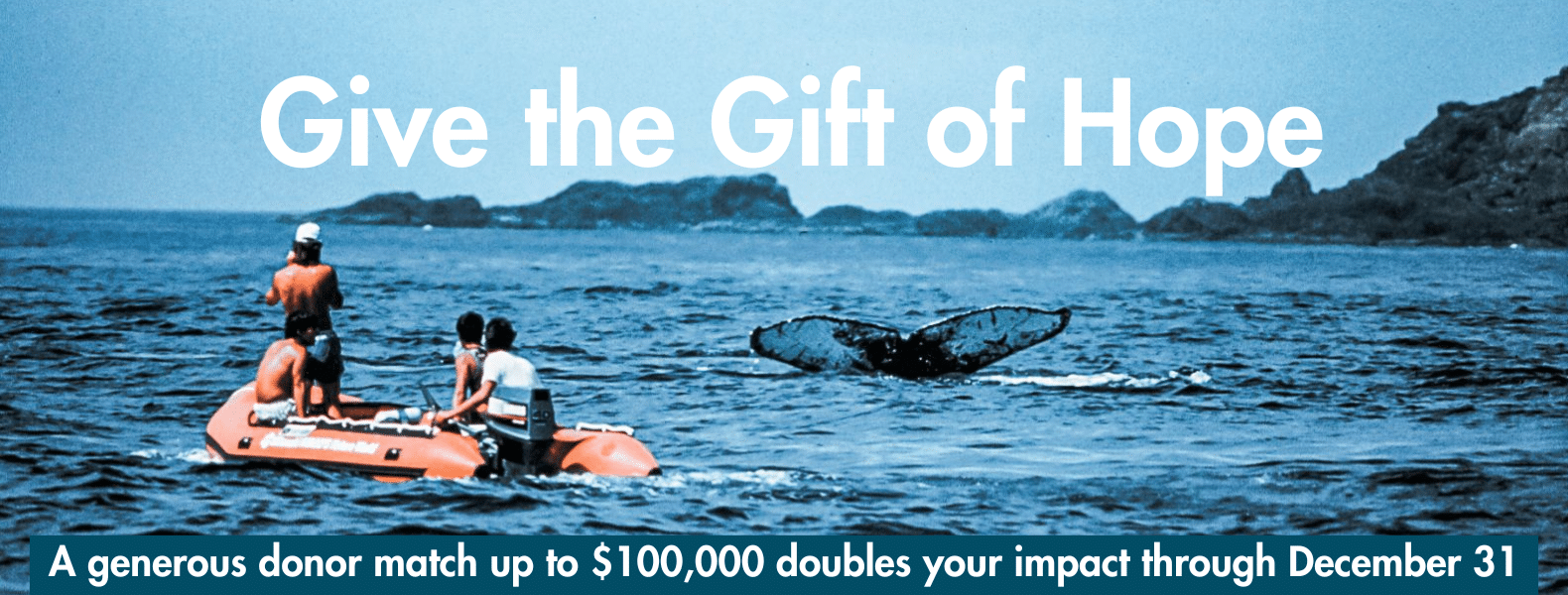If you go whalewatching in Hervey Bay after mid-September, you may notice that there is a calf in nearly every pod you see. Mothers with calves are typically the last to arrive in the bay, and they may be the group that benefits most from the shallow, protected waters near Fraser Island.
Our research on the East Australia population of humpback whales allows us to ask questions about long-term trends in behavior and habitat use within the area. Using sighting data collected by our research team from 2004 – 2016, we looked at whether pods with a calf preferred different areas of the bay compared to pods without a calf. As it turns out, mothers with calves do show a preference for an place just inside the U-shaped coastline of Fraser Island, known colloquially by whalewatch operators as “the pocket”. Pods without a calf show an opposite preference for waters a bit farther offshore.
Although depth and distance to shore do not vary much throughout the bay due to the overall shallow waters and the U-shape of the coastline, mothers may prefer that area because it might be the most protected from rougher weather conditions. They may also use it as a place to avoid pursuing males and competition pods. Pods that do not have a calf may prefer the area slightly farther out of the pocket if they are seeking mating or socializing opportunities from other adults or subadults.
-

Our research team captured a variety of behaviors, including competitive behavior. -

Mothers with calves may benefit most from calm, protected waters for resting. -

Photos of other parts of the whale’s body can be useful for health assessment.
The study provides a baseline to compare future observations of whale distribution within the Hervey Bay area, particularly as this population continues to coexist with human activities in the bay including recreational boating, commercial whalewatching, and swim-with-whales tourism.

